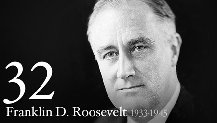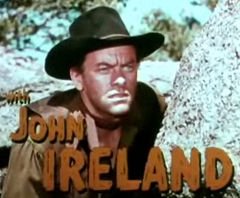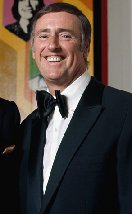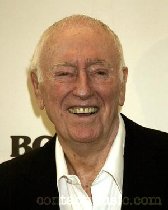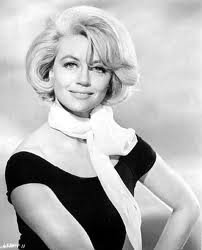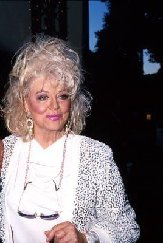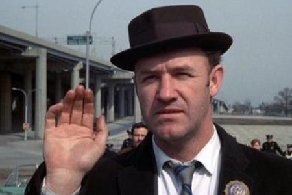
Lipstick is a cosmetic product used to apply coloration and texture to lips, often made of wax and oil. Different pigments are used to produce color, and minerals such as silica may be used to provide texture. The use of lipstick dates back to early civilizations such as Sumer and the Indus Valley Civilisation, and was popularized in the Western world in the 16th century. Some lipsticks contain traces of toxic materials, such as lead and PFAS, which prompted health concerns and regulation.
Lipstick has been prominent in several women's fashion trends, often associated with women's sexuality. The color of lipstick has aesthetic and cultural significance as different colors carry different connotations. Red lipstick has historically been associated with sensuality or women's independence while black lipstick is worn by both men and women in alternative subcultures, especially punk and goth. Celebrities such as Elizabeth Taylor, Madonna, and Taylor Swift have contributed to the popularity and iconic images of lipstick in fashion and media.
Early history
Ancient Sumerian and Indus Valley men and women were possibly the first to invent and wear lipstick, about 5,000 years ago. Sumerians crushed gemstones and used them to decorate their faces, mainly on the lips and around the eyes. Egyptians like Cleopatra crushed bugs (carmine) to create a color of red on their lips. Women in the ancient Indus Valley civilization have used rectangular pieces of ochre with beveled ends as lipstick. The Kamasutra describes lip coloring made of red lac and beeswax and method it was used. Ancient Egyptians wore lipstick to show social status rather than gender. They extracted the red dye from fucus-algin, 0.01% iodine, and some bromine mannite, but this dye resulted in serious illness. Lipsticks with shimmering effects were initially made using a pearlescent substance found in fish scales.
The Chinese made lipsticks that were made from beeswax over 1,000 years ago to protect the delicate skin of the lips. During the Tang Dynasty (618–907 CE), scented oils were added to them, which gave the mouth an enticing factor.
In Australia, Aboriginal girls would paint their mouths red with ochre for puberty rituals.
Lip coloring started to gain some popularity in 16th-century England. During the time of Queen Elizabeth I bright red lips and a stark white face became fashionable. At that time, lipstick was made from a blend of beeswax and red stains from plants. Only upper-class women and male actors wore makeup.
Throughout most of the 19th century, the obvious use of cosmetics was not considered acceptable in Britain for respectable women, and it was associated with marginalized groups such as actors and prostitutes. It was considered brazen and uncouth to wear makeup. In the 1850s, reports were being published warning women of the dangers of using lead and vermilion in cosmetics applied to the face. By the end of the 19th century, Guerlain, a French cosmetic company, began to manufacture lipstick. The first commercial lipstick had been invented in 1884, by perfumers in Paris, France. It was covered in silk paper and made from deer tallow, castor oil, and beeswax. Prior to this, lipstick had been created at home. Complete acceptance of the undisguised use of cosmetics in England appears to have arrived for the fashionable Londoner at least by 1921.
United States
In the 19th century, lipstick was colored with carmine dye. Carmine dye was extracted from cochineal, scale insects native to Mexico and Central America which live on cactus plants. Cochineal insects produce carminic acid to deter predation by other insects. Carminic acid, which forms 17% to 24% of the weight of the dried insects, can be extracted from the insect's body and eggs. Mixed with aluminum or calcium salts it makes carmine dye (also known as cochineal).
This lipstick did not come in a tube; it was applied with a brush. Carmine dye was expensive and the look of carmine colored lipstick was considered unnatural and theatrical, so lipstick was frowned upon for everyday wear. Only actors and actresses could get away with wearing lipstick. In 1880, few stage actresses wore lipstick in public. The famous actress, Sarah Bernhardt, began wearing lipstick and rouge in public. Before the late 19th century, women only applied makeup at home. Bernhardt often applied carmine dye to her lips in public.
In the early 1890s, carmine was mixed with an oil and wax base. The mixture gave a natural look and it was more acceptable among women. At that time, lipstick was not sold in screw up metal tube; it was sold in paper tubes, tinted papers, or in small pots. The Sears Roebuck catalog first offered rouge for lips and cheeks by the late 1890s.
By 1912 fashionable American women had come to consider lipstick acceptable, though an article in the New York Times advised on the need to apply it cautiously.
By 1915, lipstick was sold in cylinder metal containers, which had been invented by Maurice Levy. Women had to slide a tiny lever at the side of the tube with the edge of their fingernail to move the lipstick up to the top of the case, although lipsticks in push-up metal containers had been available in Europe since 1911. In 1923, the first swivel-up tube was patented by James Bruce Mason Jr. in Nashville, Tennessee. As women started to wear lipstick for photographs, photography made lipstick acceptable among women. Elizabeth Arden and Estee Lauder began selling lipstick in their salons.
During the Second World War, metal lipstick tubes were replaced by plastic and paper tubes. Lipstick was scarce during that time because some of the essential ingredients of lipstick, petroleum and castor oil, were unavailable. World War II allowed women to work in engineering and scientific research, and in the late 1940s, Hazel Bishop, an organic chemist in New York and New Jersey, created the first long lasting lipstick, called No-Smear lipstick. With the help of Raymond Specter, an advertiser, Bishop's lipstick business thrived.
Another form of lip color, a wax-free, semi-permanent liquid formula, was invented in the 1990s by the Lip-Ink International company. Other companies have imitated the idea, putting out their own versions of long-lasting "lip stain" or "liquid lip color."
If you want to read more, go here: https://en.wikipedia.org/wiki/Lipstick
- 6 slices bacon
- 6 (1/2-inch-thick) slices country-style bread
- 3 tablespoons butter, softened
- 6 eggs
- 1 tablespoon grated Parmesan cheese
- Salt for sprinkling
- Black pepper for sprinkling
- 1 scallion, thinly sliced (optional)
- Preheat oven to 400º. Place bacon in single layer on baking sheet. Bake 15 to 20 minutes or until crispy. Remove to a paper towel-lined plate, let cool slightly, then coarsely crumble.
- Meanwhile, coat another baking sheet with cooking spray.
- Using a 2-1/2-inch biscuit cutter or the rim of a drinking glass, make a hole in the center of each bread slice. Butter one side of each slice and place on baking sheet, buttered side down. Lightly butter top side.
- Gently crack an egg into each bread hole. Sprinkle with Parmesan cheese, salt, and pepper.
- Cook 12 to 15 minutes or until eggs are cooked to your desired doneness. Sprinkle with bacon and scallion, if desired, and serve immediately.
- Love this toad-in-the-hole recipe? The minimal cleanup makes it so worth it!

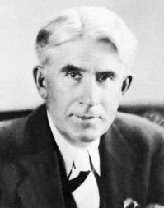

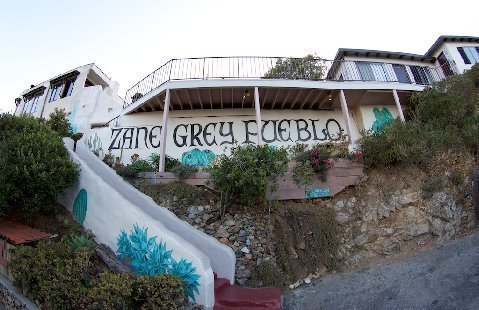
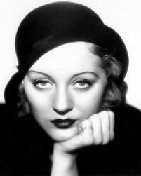
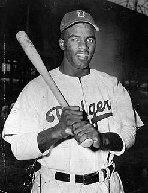







Cocoa vs Hot Chocolate
Make it and Benefit
HOW TO OBSERVE
- Whipped cream
- Marshmallows
- Sprinkles
- Candied fruit


.jpg)












